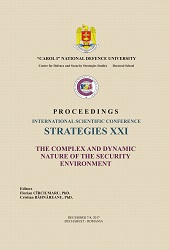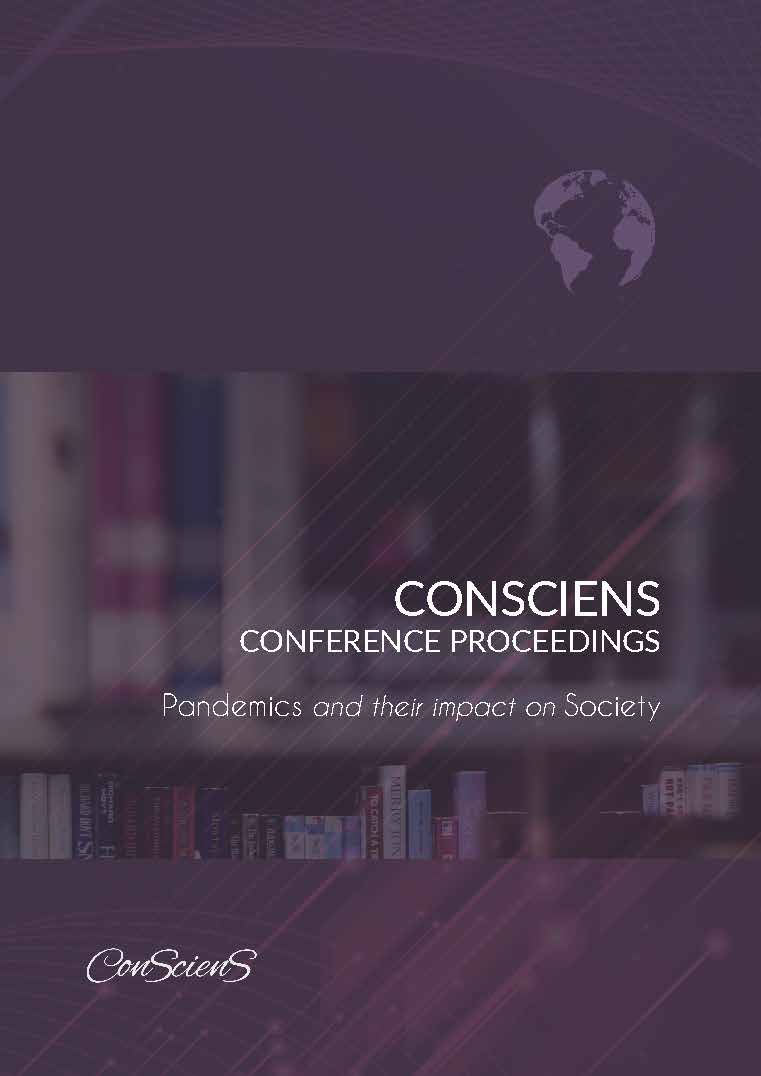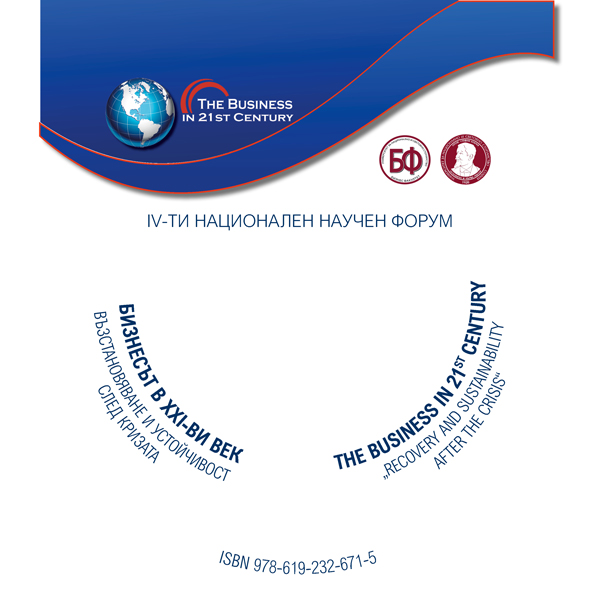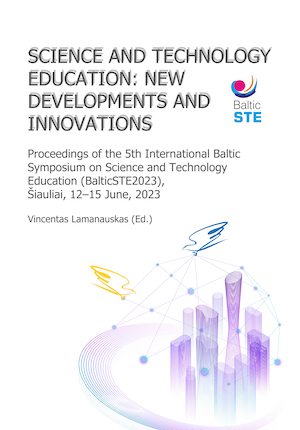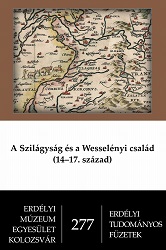
The Transylvanian Estates of the Wesselényi Family of Hodod (Hadad) in the Time of the Principality
A hadadi Wesselényi család erdélyi birtokai a fejedelemség korában
The Wesselényis were one of the aristocratic families which had large estates both in Transylvania and the Kingdom of Hungary, and therefore exerted significant political influence in both countries. The Hodod (Hadad) branch of the family was founded by Ferenc Wesselényi, councillor and treasurer of István Báthory, Prince of Transylvania and King of Poland, who grounded the authority of the Hodod branch and its emergence as a member of Transylvanian aristocracy by his successful career and estate acquisitions. The king rewarded his services not only by granting him the rank of baron (1582), but also by several estate donations in Poland and Transylvania. The descendants of Ferenc Wesselényi made no more significant estate acquisitions in Transylvania, the basis of their fortune was the estate of Hodod gained by the founder in 1584. The family had estates in other regions as well, but their number only grew significantly once they inherited the estates of the Lónyai family. Other members of the family also had the office of count (comes) of Middle Szolnok county, which means that due to their ancient estates they counted as the most respectable family of the county throughout several generations. Their prestigious place in the aristocracy is also proved by the fact that at the beginning of this period they had important offices in the government of the Principality, and were related by marriage to several Transylvanian aristocratic families.
More...
